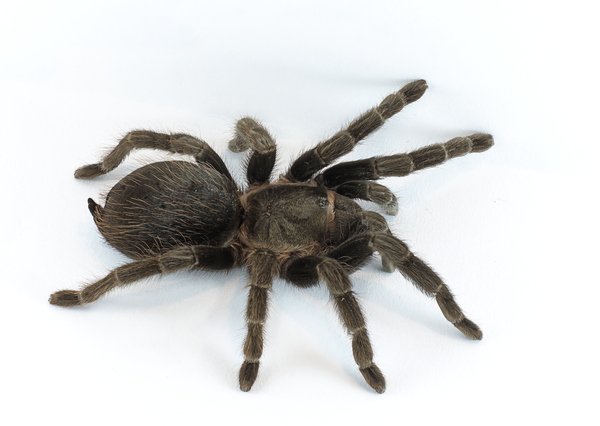Tarantulas are fascinating creatures, and molting is one of the most intriguing parts of their life cycle. For spider enthusiasts, this process can be equal parts exciting and nerve-wracking. Let’s dive into everything you need to know about tarantula molting, what to expect, and how to care for your eight-legged friend during this crucial time.
What Is Tarantula Molting?
Signs Your Tarantula Is About to Molt
How Do Tarantulas Molt?
Caring for Your Tarantula During Molting
Common Molting Problems and Solutions
FAQs About Tarantula Molting
Conclusion
Molting is how tarantulas grow. Like all arthropods, they have an exoskeleton that doesn’t expand as they get bigger. To accommodate their growth, they shed their old exoskeleton and form a new one. This process is called ecdysis. Tarantulas molt throughout their lives, but younger ones do it more often than adults.

Before molting, tarantulas show some pretty clear signs:
Lying on Their Back: This is the biggest clue. If your tarantula flips over and stays still, it’s likely preparing to molt. Don’t panic! It’s not dead.
Refusing Food: A tarantula will often stop eating days, or even weeks, before molting.
Dull Coloration: Their exoskeleton might look faded or dry as they get ready to shed it.
Less Active: Many tarantulas become sluggish and avoid moving too much.
The actual molting process is amazing to watch. Here’s what happens step by step:
The tarantula lies on its back or side to start.
It begins pushing fluid between its old and new exoskeleton to separate them.
Slowly, it wiggles out of its old exoskeleton, starting with its legs.
The entire process can take anywhere from 30 minutes to several hours.
Pro tip: Don’t disturb them during this time! Tarantulas are incredibly vulnerable while molting.
Your tarantula’s safety during molting depends on you! Here’s how to help:
Keep the Humidity Up: Molting is easier when the tank has the right humidity. Mist the enclosure lightly but don’t soak it.
Avoid Handling: Tarantulas are soft and fragile right after molting. Let them recover fully before attempting to handle them.
Don’t Feed Immediately: Wait a few days to offer food. Their fangs need time to harden before they can eat again.
Provide a Stress-Free Environment: Keep the tank quiet and minimize vibrations.
While most tarantulas molt without issues, sometimes problems can arise:
Stuck Exoskeleton: If parts of the old exoskeleton stick, gently moisten the area with a cotton swab.
Stress from Tank Conditions: Double-check that humidity and temperature are ideal.
Lack of Energy Post-Molt: This can be normal, but if your tarantula doesn’t perk up in a week, it might need expert care.
Young tarantulas molt every few weeks to months. Adults usually molt once a year.
No. Wait at least a week for their exoskeleton and fangs to harden before handling them.
It’s actually the opposite—your tarantula will look brighter and more vibrant once fully recovered. The dull phase happens before molting.
This is normal. They’re conserving energy for the process. Don’t offer food during this time.
If it’s on its back or side and hasn’t moved in hours, it’s likely molting. If it’s upright and not moving for days, it might be a cause for concern.
Tarantula molting is a natural, fascinating, and sometimes nerve-wracking process. By knowing what to expect and how to care for your tarantula, you can ensure they molt successfully. Remember to watch for the signs, avoid handling, and maintain proper tank conditions. With the right care, your tarantula will thrive and show off its newly vibrant look after every molt!
animal tags: Tarantula-molting
We created this article in conjunction with AI technology, then made sure it was fact-checked and edited by a Animals Top editor.